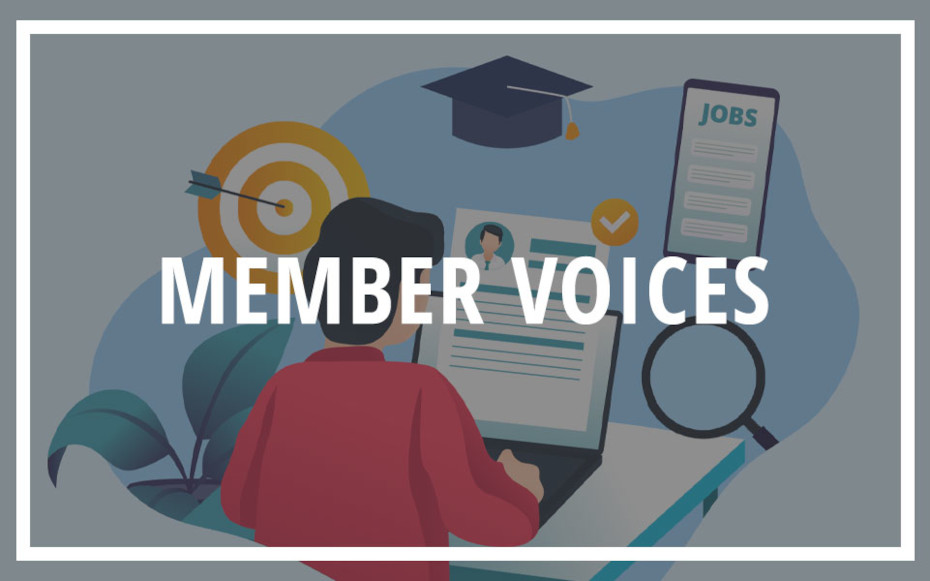With the fall recruitment season about to get underway, NACE members have been discussing a range of topics in the member-exclusive NACE Community, but one that has proven to be particularly engaging centers on student resumes: Do traditional standards still apply or should students make their resumes “flashier” to stand out from the crowd?
While NACE members had differing opinions on many details, there is a consensus around others, particularly when it comes to whether students should include a headshot or photo of some kind.
“Unless the job posting has specifically asked for applicants to include a photo or headshot, do not include a photo. I know of some employers that will automatically close any application or resume that includes a photo. … There's no reason in our hiring process for anyone to see a photo of an applicant during the application review step,” wrote Rhonda Wolverton, manager, recruiting for Auto-Owners Insurance Company.
Mindy Agin, assistant director of internships and externships at Ohio Wesleyan University, echoed these thoughts, writing that “[N]o photos on resumes ... [N]o one on our team advises students to put photos on resumes. I think that, for college students, looking at LinkedIn will more likely happen after a recruiter or hiring manager has reviewed a resume and determined that the student stands out as a candidate they want to interview.”
On other aspects of resumes, such as the number of columns and pages and the inclusion of color (or not), members had differing opinions.
“All of my students are from our College of Public Affairs. I tell them no color, no pictures, and no two columns. Just a simple format and no more than two pages. The set-up of the resume is based on the job description. I make sure students put their soft and hard skills on the resume. Many students miss their transferable soft skills,” Cara Martinez, career specialist at the career center for the University of Baltimore.
Emily Sager, career development advisor at Beloit College, agreed that resumes should not have color or columns but also added that addresses may now be out of date, as well.
“One page, no color, no columns, headers, and no footers. No picture either and no objectives. I’ll add one more. Addresses on resumes used to be standard but now with virtual/remote jobs, I think it is less so. I now tell my students for their contact info to put name, email, and phone number. This also saves a line or two on the resume that can be used to highlight another experience or another skill.”
Finally, Nora Gnabasik, career counselor at Texas A&M University-Corpus Christi, shared a slightly different opinion on colors but largely agreed about other areas.
“I encourage my students to remember [the following when they are] creating their resumes: One page unless they have 8+ years of experience within the industry they are applying for but no longer than two pages; no photo; use of light colors is fine; [but] no columns, symbols, or text boxes if they are applying to a role that is competitive … because the information might not get read by an ATS so it reduces the chances of getting seen by the actual hiring manager. Most important is to weave their skills into action and achievement-oriented bullet points. This allows the employer to see how they use the skills they say they have and how long they have been developing these skills. The resume should mirror the job description in tone, language, and tense.”






